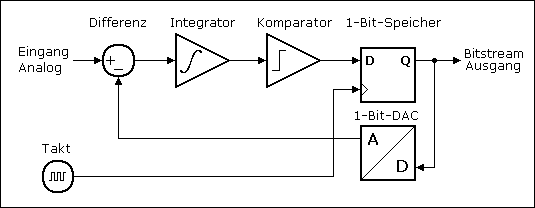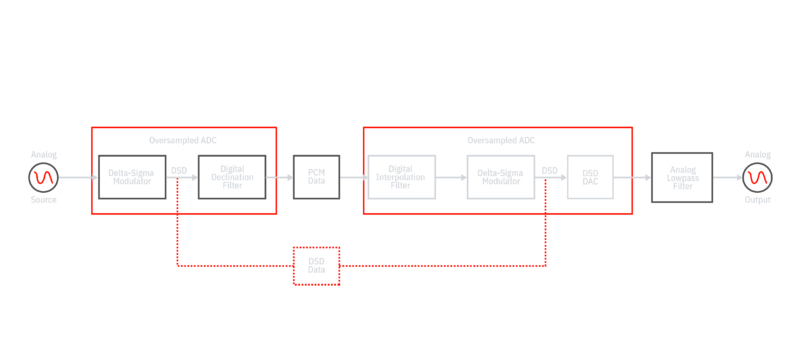Mike, when you say 95% of any vinyl is out there and accessible from a streaming platform, can you elaborate?not trying to be a contrarian, but these days with so much streaming content out there for the taking, my expectation would be that about 95% of any vinyl you could rip would be out there accessible from a streaming platform; and likely be tape based, so at least having equivalent performance to your particular vinyl set-up.
IME, some of the best quality vinyl is / has been made available via Mobile Fidelity, Impex, Analog Productions, etc., most of which isn't remastered and available to purchase digitally, disc and/ or streaming. To me, that's the real benefit of vinyl these days is to get the best version of rock and jazz in particular, being remastered to yield the best sonics via aforementioned companies and others. That best version, I think others would be interested in ripping to digital for convenience's sake.
Last edited:










